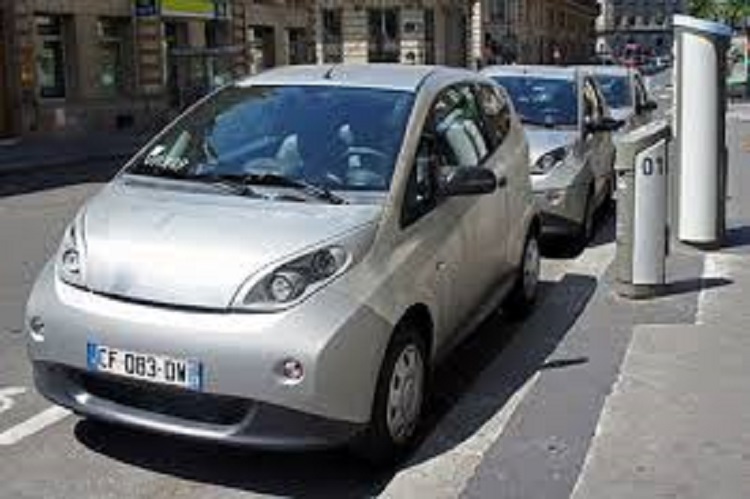Fast Company writes that the plans are predicted to lead to significant savings on things like fuels, as India looks towards changes in motoring activities, as well as building cities which revolve around their inhabitants, rather than cars.
And these new proposals could potentially cut projected vehicle growth from 170 million cars to just 77 million in 2030, as well as net over $60 billion savings on fuel costs in the same year. Only 18 people in 1000 currently own their own car in India, the rest simply haven’t been able to afford it. But as the nation’s economy continues to grow it is predicted that this will change dramatically and that has prompted the government to act.

Indian cities already experience high levels of congestion and pollution, despite car ownership currently being relatively low. In fact, 10 Indian cities are in the WHO’s list of the 20 most-polluted on the planet. The Ellen MacArthur Foundation’s 2016 report, Circular economy in India: Rethinking growth for long-term prosperity, found that a circular economy development path for mobility and vehicle manufacturing could create additional annual benefits of ₹31 lakh crore (US$ 482 billion) in 2050, compared with business as usual.
The legislators in India are looking to capitalise on the fact that so few people own a car. It will be much easier to initiate a trend of electric cars in a population where cars are so infrequent, because fewer existing vehicles will need to be replaced. Car-sharing is already on the rise, and there are opportunities to couple that with better public transport and bicycle infrastructure. India have an advantage over many countries in that they are changing before their industries have become too big to make it a possibility.


















